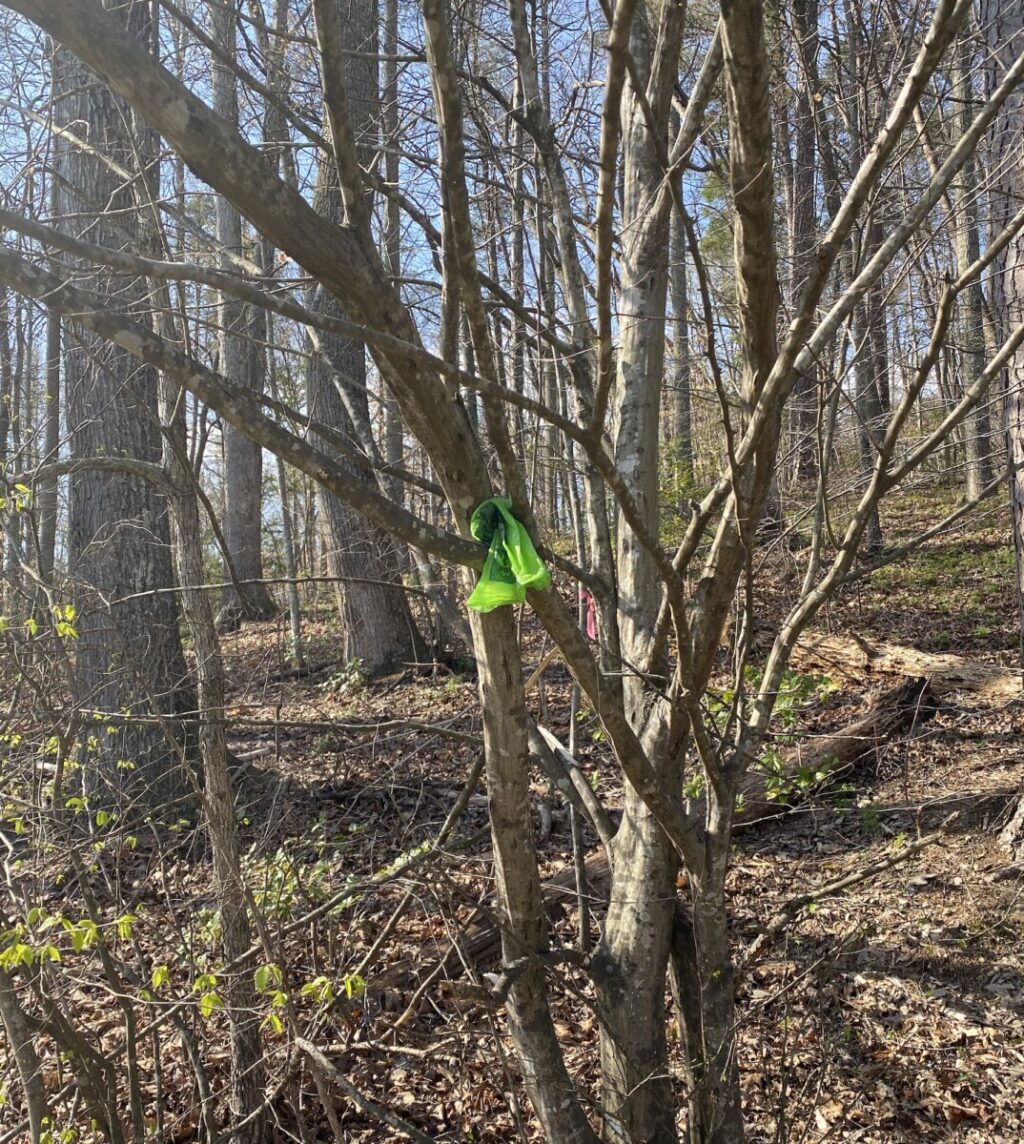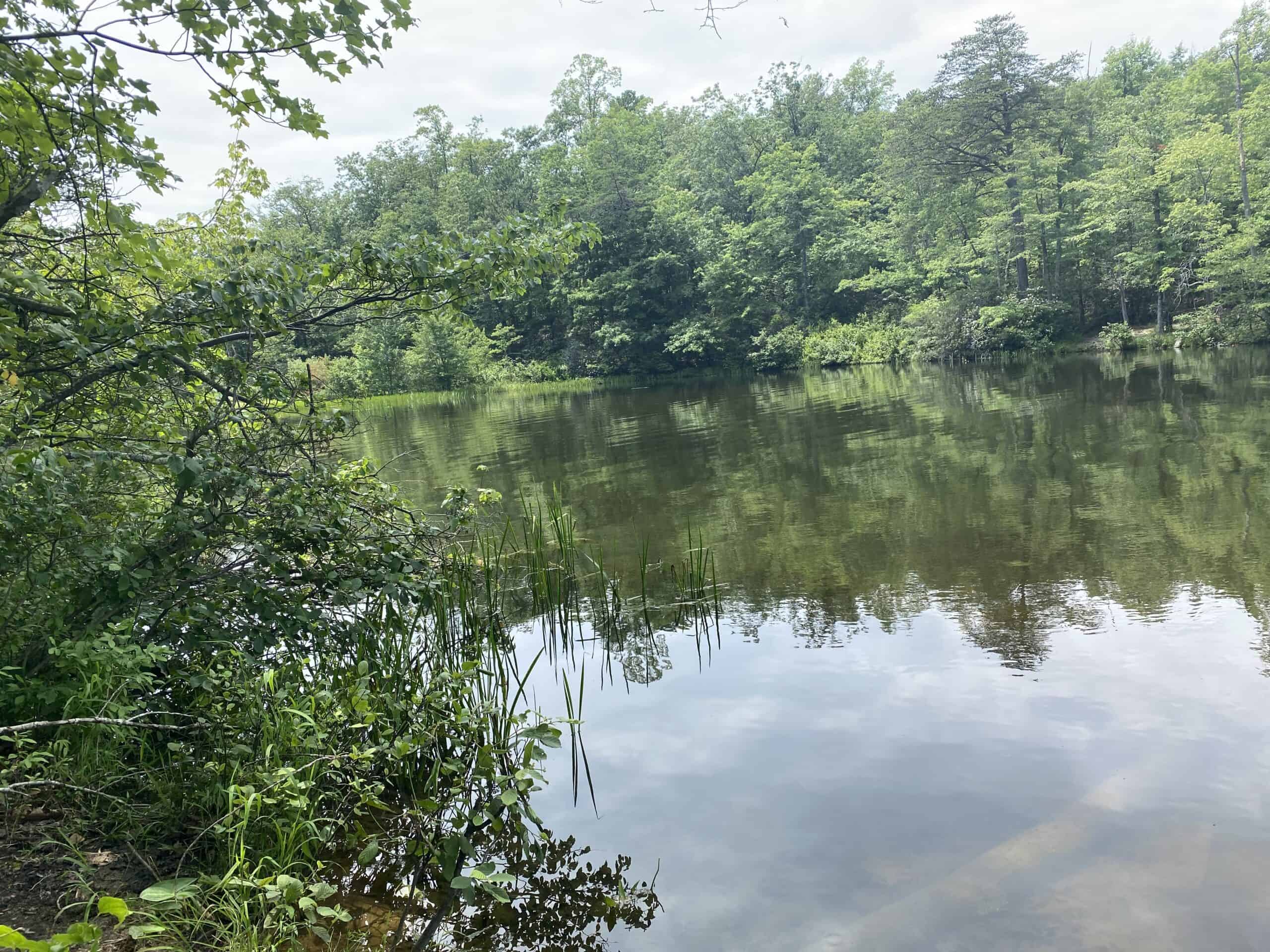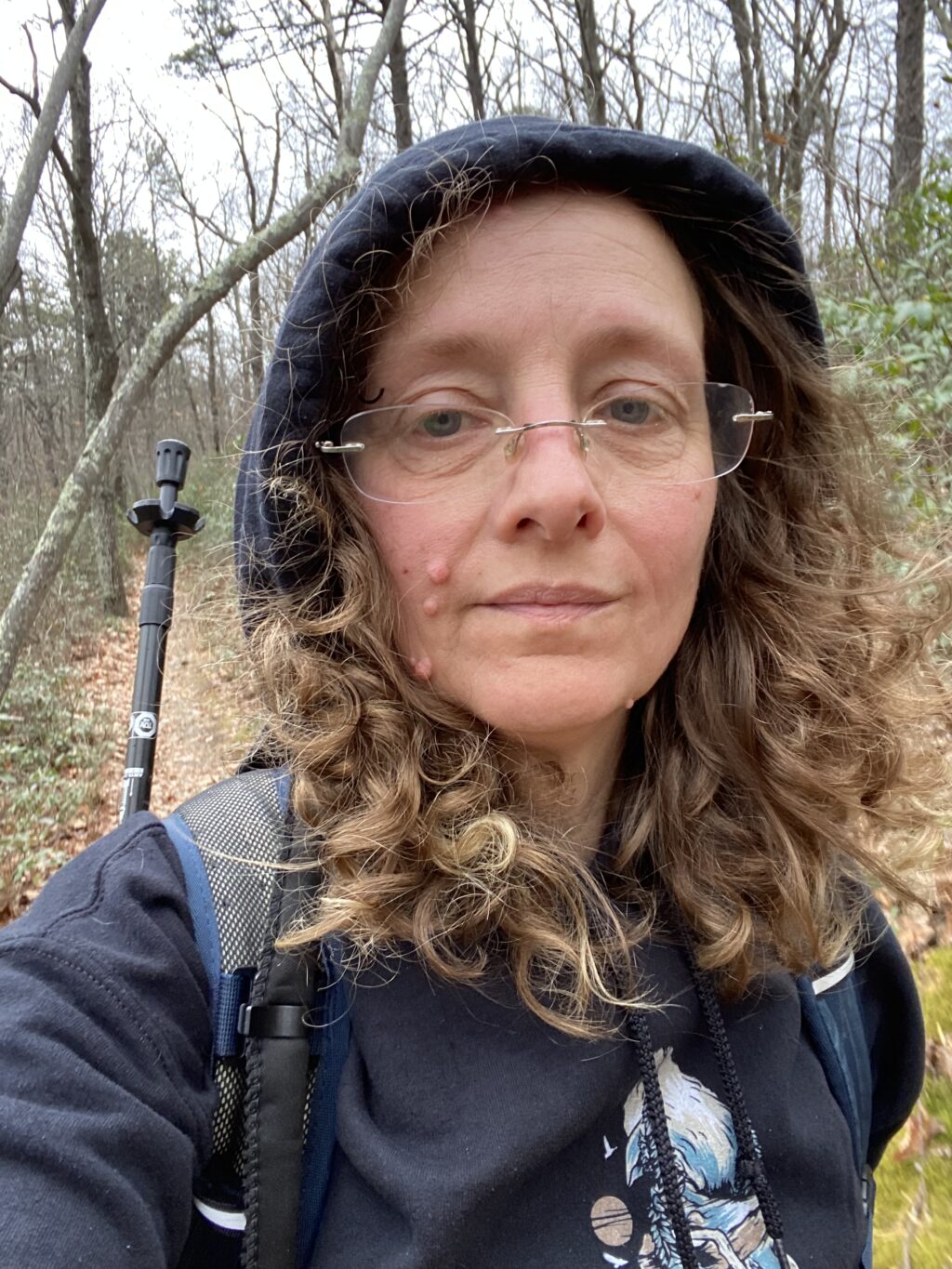Leave No Trace might sound like a simple idea, but it’s often overlooked. I’ve been on trails where everything looked untouched and beautiful, and I’ve also come across spots littered with wrappers, broken gear, and even full trash bags left behind. The truth is, when you leave trash behind, it does more than ruin the view. It harms wildlife and puts the environment at risk.
Protecting Nature and Wildlife Matters
The Leave No Trace concept is built around seven principles: plan ahead and prepare, travel and camp on durable surfaces, dispose of waste properly, leave what you find, minimize campfire impact, respect wildlife, and be considerate of other visitors.
These principles are meant to keep our wild places wild. When we follow them, we help protect trails, animals, and the experience for everyone else who comes after us.
Planning Ahead Makes a Difference
Anytime I head out for a hike or camping trip, I take time to research the area. I check the weather, look at recent trail conditions, and make sure I have the right gear. Some trailheads have kiosks with maps, brochures, or signs that offer info about the land, plants, animals, and reminders about trail etiquette.
Knowing where you’re going and what to expect helps you be more prepared and more respectful of the space you’re moving through.
Stick to Durable Surfaces
Stay on the trail. That one is simple but so important. Don’t create new paths or camp in spots that aren’t marked. Some areas even have signs posted to let you know when camping isn’t allowed. If you absolutely have to step off trail, stick to rock, gravel, or dry grass.
Pack It In, Pack It Out
Whatever you bring with you, take it back out. Trash, food wrappers, even biodegradable things like fruit peels. And please, if your dog joins you, carry out their waste too. Leaving a dog poop bag on the side of the trail does not count as “handling it later.”
If you need to go to the bathroom, make sure it’s at least 200 feet away from trails or water, and bury it properly. It might not be glamorous, but it keeps the ecosystem clean and safe.

Leave What You Find
It’s tempting to stack rocks or take little souvenirs like flowers or stones. But doing that can damage the environment and disturb animal habitats. Some small creatures rely on those exact rocks for shelter and safety. I’ve hiked trails where old chimneys or historic structures still stand, and while it might be tempting to take something, I always think about how many people would miss out if everyone took just one thing.
Be Smart with Fire
Campfires are cozy and fun, but they can also be destructive if not handled carefully. Always use a designated fire ring or fire pan, and only build a fire if you know it’s allowed. In some areas, fire bans are in place and you’ll need to bring a camp stove instead. Keep your fire small, fully extinguish it when you’re done, and scatter the ashes.
Respect Wildlife
This should go without saying, but animals are not here for our entertainment. Don’t try to get close for a selfie or feed them just to have an “experience.” Give them space and store your food securely so you don’t attract them to your camp or trail. Feeding wildlife can throw off their behavior and put both them and you in danger.
Be Mindful of Others on the Trail
You’re not the only one out there. Keep noise levels low and respect the peace of the outdoors. When passing other hikers, step to the side and let people coming uphill pass first. If you’re hiking with a group, walk in a line to make space for others. Simple acts of respect go a long way.
Get Involved in Your Local Hiking Community
Local hiking clubs and conservation groups do a lot to keep our trails clean and accessible. They lead cleanups, offer educational programs, and help spread the message of Leave No Trace. Supporting them, joining an event, or even sharing what you’ve learned can help others do better too.
Know the Rules Before You Go
Different places have different rules. National parks, wilderness areas, and state lands all have their own regulations. Some limit group size, others have fire restrictions or pet rules. You might need a permit to access certain trails, and some areas close during sensitive seasons.
Always double check before you go. And if there are rules about permits or closures, follow them. They exist for a reason, usually to protect fragile ecosystems or allow space for wildlife to recover.

Leave No Trace Is About Respect
Following these principles is really about caring. It’s about respecting nature, other hikers, and the animals who call these places home. When we treat the trail like it matters, it stays beautiful and safe for everyone.
So before you head out, take a moment to ask yourself: Am I prepared? Am I aware of how my choices affect this place? Am I leaving things better than I found them?
That’s what it means to hike responsibly. And it makes all the difference.
Have you ever been on a hike where you saw signs of others not following Leave No Trace? Or maybe you’ve joined a cleanup hike? I’d love to hear your stories.




Leave a Reply